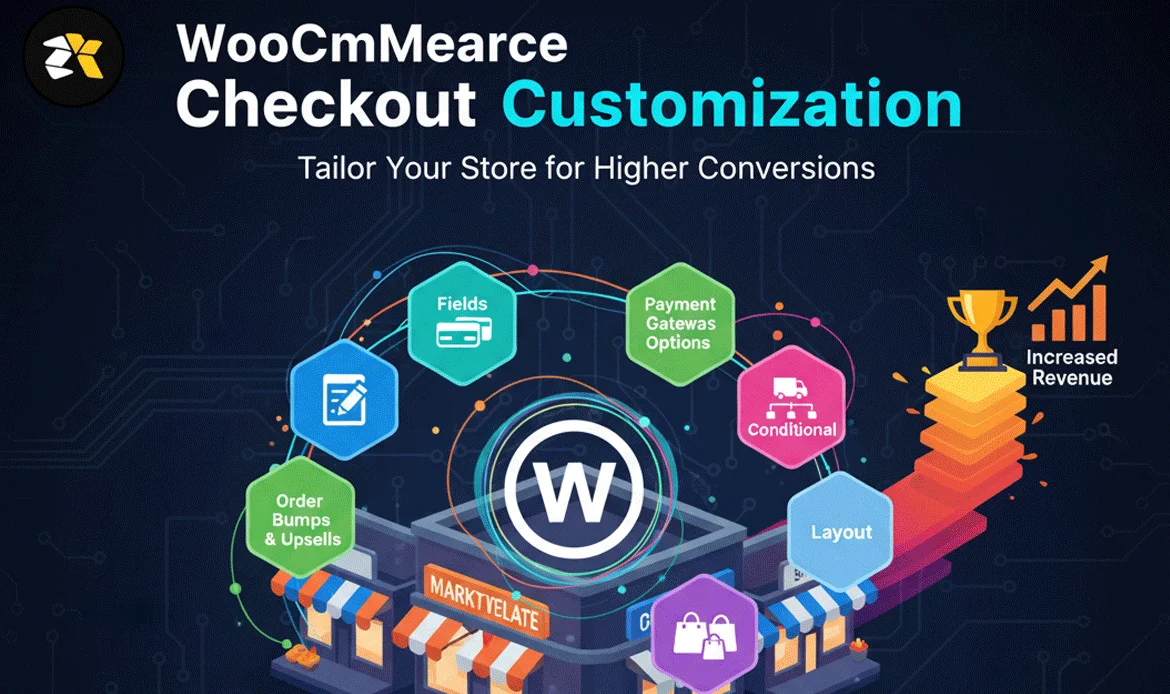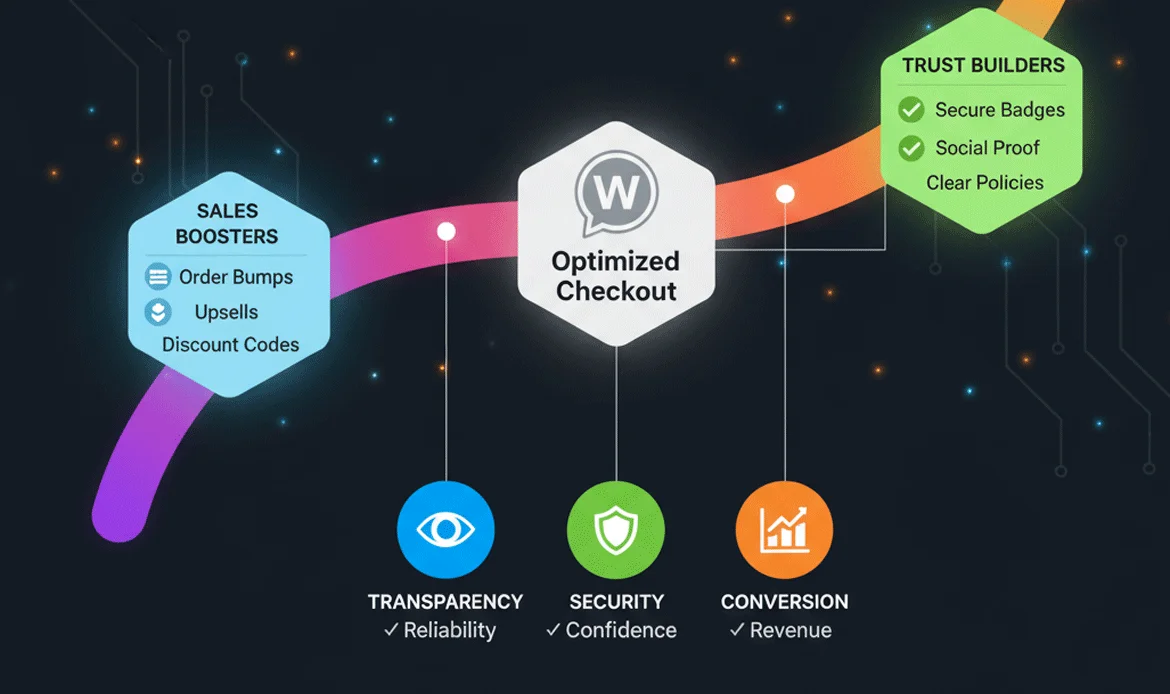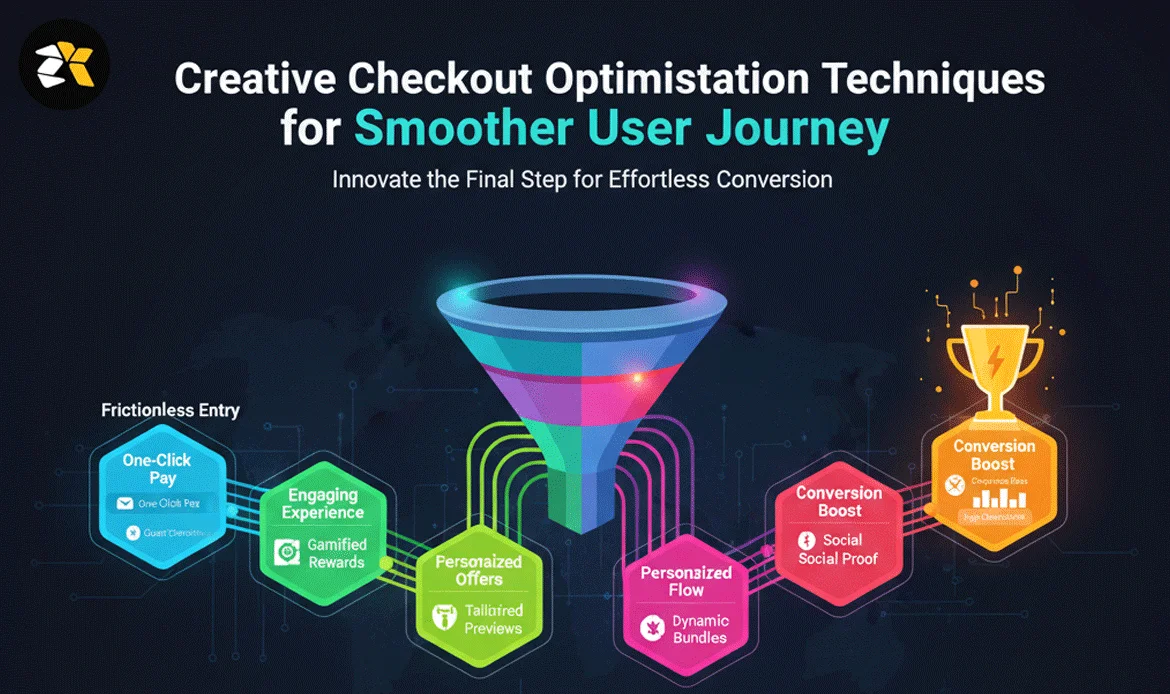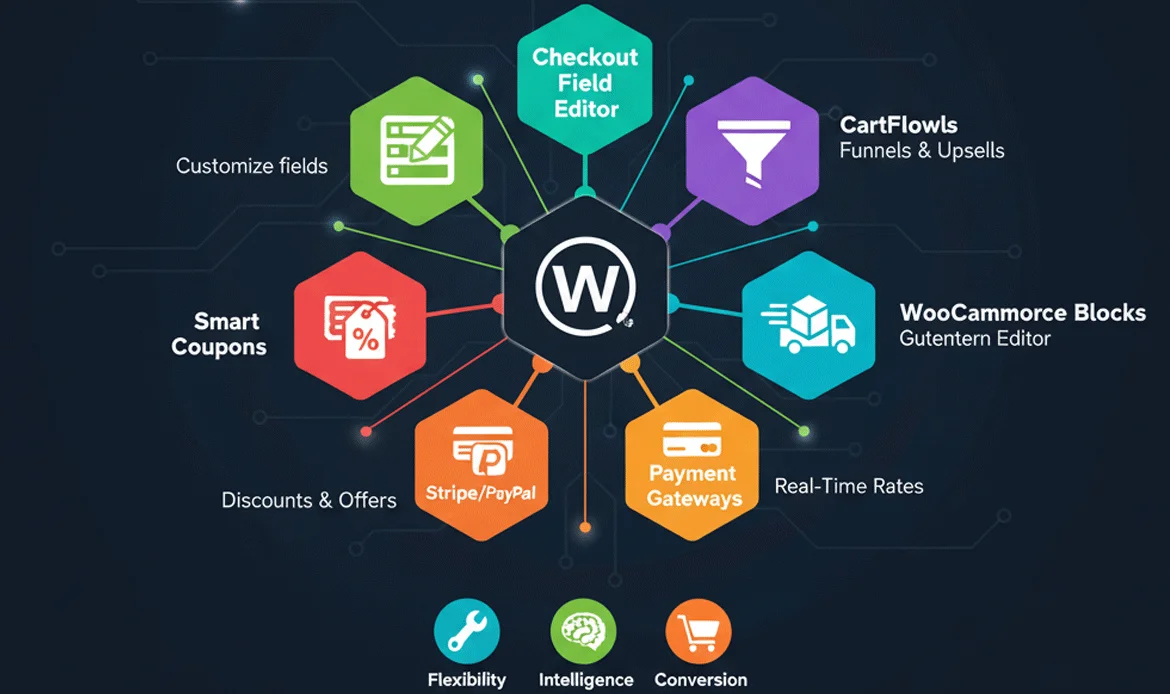In today’s competitive eCommerce world, checkout design is no longer a simple form it’s the final point where conversions are either won or lost. A confusing or slow checkout can instantly push customers away, no matter how great your product is. That’s why modern brands are adopting WooCommerce Checkout Customisation as a strategic upgrade to improve clarity, reduce friction, and create a seamless buying journey. The goal is simple: remove anything that slows customers down and add elements that increase trust, speed, and confidence.
Modern shoppers want fewer steps, faster action, mobile-first design, and clear messaging. When these principles come together, the checkout becomes a powerful conversion engine, not just a page. This article brings a professional approach, trend insights, marketing-focused strategies, and fresh, alternative content sections styled like high-quality Zozothemes blog posts.
1. Professional Perspective: The Role of Structured Checkout Design
A professional checkout layout helps customers stay focused, reduces confusion, and builds instant trust. WooCommerce Checkout Customisation allows businesses to structure the form in clean sections, remove unnecessary fields, and present information in an organized, predictable flow. This is exactly what professional eCommerce brands do they simplify visuals, improve readability, and ensure the user journey feels effortless.
A polished checkout also minimises errors by using strong field validation, logical spacing, and consistent typography. When users feel guided and supported, they complete orders quickly and confidently. Incorporating dedicated UX principles like visual hierarchy, micro-feedback, smart input detection, and intuitive labels ensures your checkout meets professional standards.
| Feature | Why It Matters | Result |
|---|---|---|
| Address Auto-fill | Reduces typing | Faster checkout |
| Clear Error Messages | Removes confusion | Higher success rate |
| Secure Badges | Builds trust | Reduced hesitation |
| Guest Checkout | Removes login barrier | Lower abandonment |
| Minimal Fields | Focused experience | Higher conversions |
Every serious WooCommerce store should build a structured, update-proof checkout by using child themes, testing changes on staging, and measuring improvements regularly. This approach ensures your WooCommerce Checkout Customisation stays consistent and reliable across future WooCommerce updates.
2. Trend-Focused Approach: What Today’s Shoppers Expect from Checkout
Customers in 2025 demand speed, convenience, and mobile responsiveness. If your checkout doesn’t match current eCommerce trends, users will immediately bounce to a competitor. That’s why staying aligned with modern checkout behaviour is essential for boosting conversions.
One of the strongest trends today is mobile-first checkout. Since most shoppers make purchases from their smartphones, your form fields must adjust fluidly, buttons must be sticky and visible, and payment gateways must support wallets like Apple Pay, Google Pay, and PayPal. This prevents unnecessary friction and enhances comfort throughout the checkout journey.
Another trend gaining momentum is the one-page checkout movement. Instead of forcing users through multiple steps, the entire process appears on a single, optimised page. Combined with progress markers, auto-expanding fields, and smart suggestions, this experience makes WooCommerce Checkout Customisation essential for brands aiming to stay ahead.
Top Checkout Trends for 2025- AI-powered product suggestions inside checkout
- Lightweight and script-optimized checkout pages
- Auto-detect shipping zones for one-click decisions
- Transparent pricing with instant tax updates
- Zero clutter and minimalistic form styling
These trends show where modern eCommerce is going fast, smart, mobile-first, and user-centered.
3. Marketing Strategy: Turning Checkout Into a Sales & Trust Booster
Checkout is no longer only about payment it’s a prime conversion opportunity. Marketing teams now use WooCommerce Checkout Customisation to improve trust, highlight value, and nudge customers at the final step of their purchase journey. When a checkout page reflects the same branding quality as your landing pages, customers feel reassured and confident.
Smart microcopy plays a major role here. Short messages such as “100% Secure Payment,” “Takes Only 30 Seconds,” or “Free Returns in 7 Days” reduce anxiety and increase purchase completion. Trust-building elements like testimonials, security logos, and short guarantee statements elevate the page’s credibility.
Checkout can also be used to increase revenue through strategic marketing tools. Upsells, relevant cross-sells, coupons, and exit-intent offers can significantly improve your average order value when done with subtlety.
Marketing Tools You Should Add| Tool | Purpose | Example |
|---|---|---|
| Smart Upsells | Boost AOV | Add extra warranty for $5 |
| Cross-Sells | Suggest relevant items | Buy together & save |
| Coupons | Make offers visible | Use SAVE10 at checkout |
| Scarcity Notes | Speed decisions | Only 3 items left! |
Using these strategies, your WooCommerce Checkout Customisation becomes a marketing powerhouse that strengthens brand persuasion and increases conversions.
4. Creative Checkout Optimisation Techniques for Smoother User Journeys
Customers love clear, simple forms. Break the checkout into short labelled sections, maintain equal spacing, and avoid clutter. A clarity-driven layout encourages smoother scanning and faster completion.
B. Visual Confidence SignalsIcons, badges, payment logos, and guarantee symbols serve as instant confidence triggers. These visual markers reduce buyer hesitation, especially during payment steps.
C. Smart Editing OptionsLet users easily edit their order details without restarting the entire process. A simple “Edit Order” link improves the experience and prevents frustration.
D. Checkout Speed OptimisationCompress images, delay non-essential scripts, and use lightweight styling. Speed is one of the most direct influences on conversion rates, making it core to WooCommerce Checkout Customisation.
E. Error Prevention & RecoveryCustomers should never feel lost when something goes wrong. Provide friendly error messages, auto-detect mistakes, and allow users to recover effortlessly.
F. Multi-Payment Method SupportSupport cards, wallets, UPI, local US bank transfers, and PayPal. More options = fewer drop-offs.
5. Default vs Customised Checkout Experience
| Element | Default WooCommerce | Custom Checkout |
|---|---|---|
| UX | Basic design | Modern, guided, branded |
| Field Layout | Many unnecessary fields | Minimal and smart |
| Speed | Standard | Optimized and fast |
| Mobile Experience | Average | Full mobile-first |
| Trends | Outdated | Built for 2025 |
| Marketing | None | Upsells, trust badges |
| Conversion Ability | Moderate | High-performing |
6. Best Tools for Checkout Customisation
- FunnelKit Checkout Builder
- WooCommerce Checkout Field Editor
- Stripe Official Payments
- WooCommerce Blocks Checkout
- Advanced Coupons
- One-Page Checkout Addon
These tools allow you to design advanced checkout pages without complex coding.
Common Errors to Avoid
- Adding too many fields
- Using too many colours
- Leaving unclear pricing
- Overloading upsells
- Ignoring mobile responsiveness
- Allowing slow scripts
A clean, predictable checkout always converts more customers.
Your Questions Answered: WooCommerce Checkout Customisation
Why is WooCommerce Checkout Customisation important for conversions?
Customising your checkout helps remove unnecessary steps, reduce friction, and improve clarity during the purchase process. A faster, intuitive flow increases completed orders and boosts conversion rates.
Do I need coding knowledge to customise the WooCommerce checkout?
No. Many improvements can be made using plugins, page builders, and built-in WooCommerce settings. Advanced customisations like editing checkout templates with a child theme may require basic HTML, CSS, or PHP knowledge.
What are the most essential checkout fields to keep?
Name, email, billing address, shipping address (if needed), and payment details. Removing unnecessary fields shortens the checkout process and improves completion rates, especially on mobile devices.
How can I make my WooCommerce checkout faster?
Reduce script bloat, enable caching, use lightweight themes, remove unnecessary plugins, compress images, and clean up checkout fields. Faster checkout improves user experience and reduces abandonment.
Which payment methods increase checkout success?
Wallet payments like Apple Pay, Google Pay, Amazon Pay, and PayPal Express significantly boost conversions because they reduce form-filling and allow customers to complete orders quickly.
What is the best way to add trust during checkout?
Display security badges, SSL verifications, clear return policies, customer reviews, and transparent pricing. These elements reassure customers that their payment is safe and reliable.
Can I add upsells during checkout without distracting customers?
Yes. Subtle, relevant upsells that don’t interrupt the flow can increase average order value. Use inline suggestions or accessories instead of intrusive pop-ups.
Conclusion: Your Checkout Is the Core of Your Conversions
Checkout design isn’t optional; it’s a direct revenue driver. Whether you prioritize a professional workflow, modern UX trends, or a marketing-based strategy, WooCommerce Checkout Customisation is essential for building a smooth, secure, high-performing checkout experience. When done right, your store instantly feels more trustworthy, modern, and easier to use boosting both conversions and customer satisfaction.
Get WooCommerce Checkout-Optimised Themes
Don’t let cart abandonment steal your revenue. Use themes with built-in WooCommerce Checkout Customisation and see immediate improvements in conversions and user experience.








